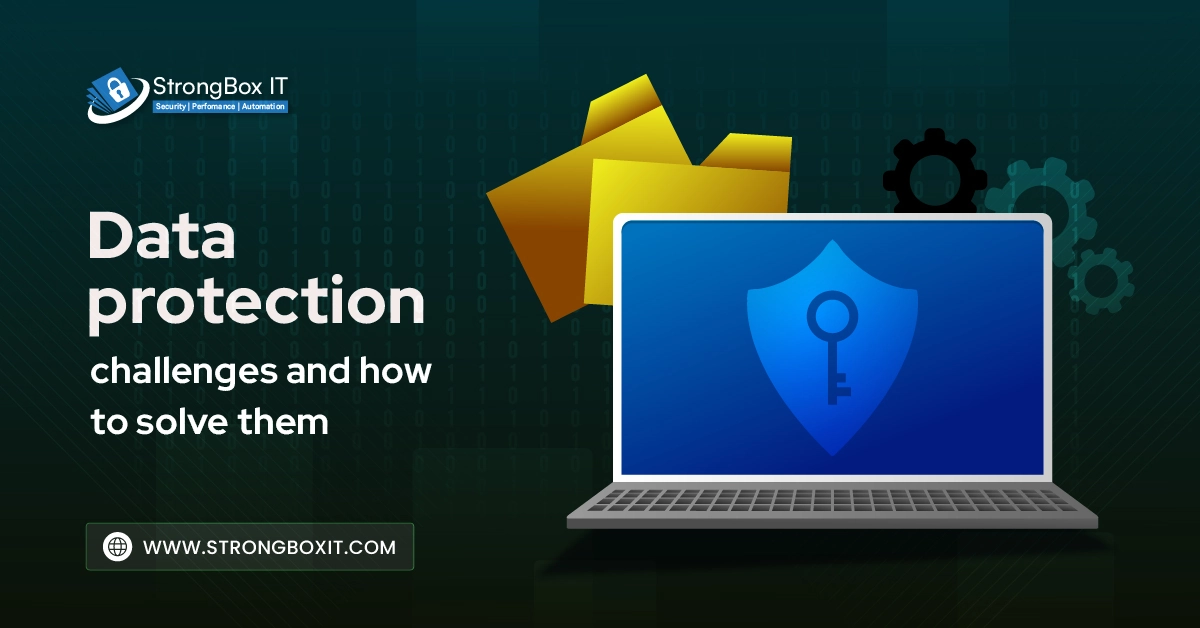
As businesses continue to migrate their operations to the cloud, the benefits of scalability, flexibility, and cost efficiency are undeniable. However, this shift has also ushered in a new wave of cybersecurity challenges. Cloud environments are dynamic and complex, and traditional security models are often inadequate to address modern threats. From data breaches and misconfigurations to sophisticated AI-driven attacks, the cloud has become a critical battleground for cybersecurity.
However, this convenience brings heightened cybersecurity risks. As cloud environments grow in complexity and threat actors become more sophisticated, organizations must stay ahead with proactive security strategies. In this blog, we explore the evolving future of cloud security—highlighting key trends, challenges, and how organizations can build resilience in a rapidly changing threat environment.
The Current State of Cloud Security
Today’s cloud security revolves around the management of encryption, network segmentation, access control, and compliance. Large providers such as Google Cloud, Microsoft Azure, and AWS offer a variety of built-in security services. Despite this, a lot of organizations still have issues with:
- Lack of security measures enabling data exposure due to misconfigurations
- Limited visibility over multi-cloud environments
- Inconsistent cross-organization security policies
- Ineffective incident response procedures
The customer’s responsibility in securing workloads is somewhat disproportionate in relation to the shared responsibility model. With widespread adoption of the cloud, waiting for a problem to occur is overwhelming—forward looking solutions are needed to counter next-gen vulnerabilities.

Emerging Trends Shaping the Future of Cloud Security
Zero-trust architecture
Zero-trust is a security framework that assumes no user or system—internal or external—can be inherently trusted. It enforces strict identity verification and grants only the minimum required access.
Key Aspects:
- Least privilege access: Users get access only to what they need.
- Continuous monitoring: Constant evaluation of user behavior and device posture.
- Micro-segmentation: Dividing networks into smaller zones to limit lateral movement.
Impact on Cloud Security:
- In multi-cloud or hybrid environments, ZTA prevents unauthorized access even if perimeter defenses are breached.
- Helps mitigate insider threats and compromised credentials.
Quantum resistant encryption
As quantum computing advances, traditional encryption algorithms (like RSA and ECC) could be broken. Quantum-resistant encryption uses algorithms designed to withstand quantum attacks.
Key Aspects:
- Post-quantum cryptography (PQC): Algorithms developed to secure data against quantum threats.
- Hybrid encryption: Combining classical and quantum-resistant encryption for transition phases.
Impact on Cloud Security:
- Ensures long-term data confidentiality, especially for sensitive industries (finance, healthcare, defense).
- CSPs (Cloud Service Providers) are starting to experiment with and adopt PQC for critical workloads.
Shift towards unified security management
Consolidating multiple security tools and platforms into a unified management framework for better visibility, control, and efficiency.
Key Aspects:
- Single pane of glass: Centralized dashboard for monitoring and responding to threats across cloud environments.
- Integrated compliance tools: Built-in frameworks to monitor compliance status (GDPR, SOC 2, HIPAA).
- Cloud-native SIEM/SOAR tools: Automated incident response and analytics.
Impact on Cloud Security:
- Reduces tool sprawl and complexity.
- Enhances response time through centralized insights and automation.
AI-driven cloud computing
Leveraging artificial intelligence and machine learning to enhance cloud operations and security.
Key Aspects:
- Behavioral analytics: Detects anomalies based on user and system behavior.
- Threat intelligence: AI models trained on large datasets to identify threats faster.
- Predictive security: Identifying vulnerabilities before they are exploited.
Impact on Cloud Security:
- Accelerates threat detection and response.
- Improves precision in flagging true security incidents, reducing alert fatigue.
Cloud native security solutions
Security tools designed to work seamlessly within cloud-native environments like Kubernetes, containers, and serverless architectures.
Key Aspects:
- Policy as code: Embedding security policies within infrastructure automation scripts.
- Runtime protection: Monitoring applications at runtime for anomalous behavior.
- Secure DevOps (DevSecOps): Shifting security earlier into the development cycle.
Impact on Cloud Security:
- Aligns with agile development practices.
- Reduces security risks introduced during rapid application deployment.
5G cloud integration
Integration of cloud computing capabilities with 5G networks to enable ultra-fast, low-latency applications like autonomous vehicles, smart cities, and IoT.
Key Aspects:
- Edge computing: Processing data closer to the source.
- Distributed security: Protecting data and devices across a decentralized architecture.
- Dynamic provisioning: Real-time service delivery at the network edge.
Impact on Cloud Security:
- Expands the threat landscape due to increased endpoints and data flows.
- Requires robust edge security and zero-trust principles at the edge nodes.
Emphasis on cloud security automation
Automating cloud security tasks like configuration checks, threat detection, compliance audits, and incident response.
Key Aspects:
- Infrastructure as code (IaC) scanning: Detect misconfigurations before deployment.
- Automated remediation: Scripts or bots to fix security issues in real-time.
- Continuous compliance monitoring: Keeping systems aligned with compliance frameworks automatically.
Impact on Cloud Security:
- Reduces human error—a major cause of cloud breaches.
- Enables faster reaction to threats and vulnerabilities.

Anticipated Challenges in the Cloud Security Future
How Organizations Can Prepare for the Future
To stay ahead of evolving threats and maintain a secure cloud posture, organizations should take the following strategic steps:
Final Thoughts
The future of cloud security is dynamic, intelligent, and integrated. Organizations must not only adopt new technologies but also foster a culture of continuous improvement. With the right strategies and partners like StrongBox IT, businesses can confidently embrace the cloud—securely and sustainably.






